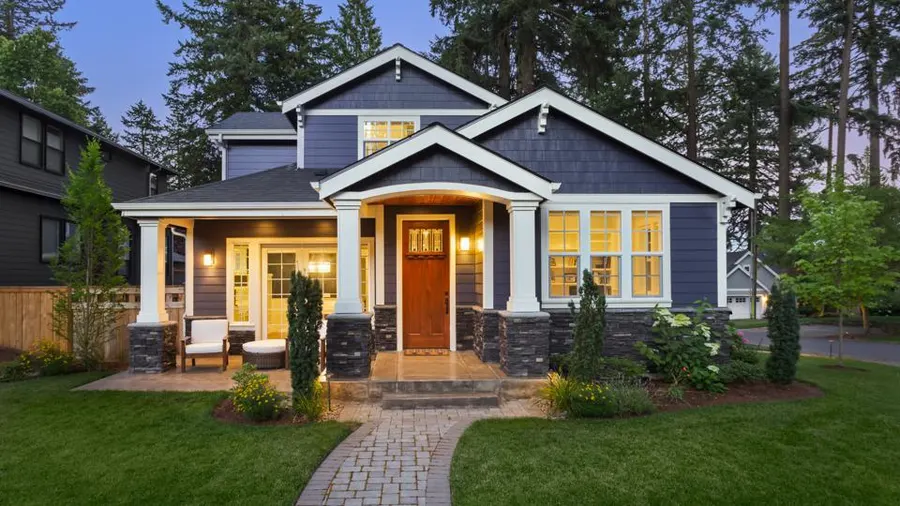The rising housing crisis in major U.S. cities is affecting millions of people, from low-income renters to middle-class families. Home prices are soaring, rents are reaching record highs, and affordable housing is becoming increasingly rare. In many cities, the cost of shelter now takes up more than half of a household’s income. This article explores the causes of the crisis, who it affects the most, and what steps cities and communities can take to address it.
What Is Causing the Housing Crisis?
Supply and Demand Gap
One of the main reasons for the housing crisis is the imbalance between the number of people who need housing and the number of homes available. More people are moving into cities for work and opportunity, but not enough homes are being built to meet that demand.
High Construction Costs
Building homes has become more expensive. Prices for building materials like lumber and steel have increased. Labor shortages in the construction industry also add to the costs. These higher expenses are passed on to buyers and renters, making housing less affordable.
Outdated Zoning and Land Use Rules
Many cities have strict zoning laws that limit the type and number of homes that can be built in certain areas. These rules often prevent the construction of duplexes, apartment buildings, or affordable housing near business centers and public transport.
Gentrification
As older neighborhoods are renovated and improved, they often become more attractive to wealthier residents. This pushes up property values and rent prices, forcing long-time residents to leave.
Wages Not Keeping Up
While housing costs have gone up quickly, wages have remained mostly flat, especially for workers in retail, hospitality, education, and healthcare. This gap between income and housing costs makes it difficult for many to find affordable homes.

Who Is Most Affected?
Low-Income Families
Low-income households spend a large portion of their income on rent or mortgage payments. Many are forced to live in poor-quality housing or overcrowded spaces. Some are even pushed into homelessness.
Middle-Class Workers
Teachers, nurses, police officers, and service workers often can’t afford to live in the communities they serve. They either pay high prices or commute long distances to work.
Young Adults and First-Time Buyers
Many young adults are unable to buy homes due to high prices and student debt. Renting is also expensive, leaving them with little room to save for the future.
Seniors on Fixed Incomes
Elderly residents living on pensions or social security struggle to keep up with rising rent and property taxes. Many face tough choices like downsizing or moving far from family and support systems.
Why the Crisis Matters
The housing crisis isn’t just a personal issue—it affects the economy and communities as a whole.
- Families spending too much on housing have less money for food, healthcare, and education.
- Long commutes and crowded living conditions hurt quality of life.
- Businesses find it hard to attract and keep workers when employees can’t afford to live nearby.
- Housing instability can increase homelessness and deepen poverty.
How Cities Are Responding
Affordable Housing Development
Cities like Los Angeles, New York, and Austin are increasing funding for affordable housing projects. Some require developers to include a percentage of low-income units in new buildings.
Rent Control and Tenant Rights
Cities such as San Francisco and New York have laws that limit how much rent can be raised each year. Tenant protections also help prevent sudden evictions.
Relaxing Zoning Laws
Some cities are updating zoning laws to allow for more types of housing, such as duplexes, backyard units, and apartment buildings in single-family zones.
Public Housing and Nonprofit Support
Public housing agencies and nonprofit groups are stepping in to provide safe, affordable homes for those in need. Community land trusts also help keep housing affordable in the long term.
Accessory Dwelling Units (ADUs)
Cities like Portland and Minneapolis allow homeowners to build small secondary homes on their property. These ADUs can provide rental income for owners and affordable housing for renters.
Real Stories from the Crisis
Maria, a single mother in Chicago, saw her rent rise by 20 percent in one year. Despite working full-time, she now spends over half her paycheck on housing. She’s had to cut back on essentials to stay in her home.
Jake and Priya, teachers in Seattle, have delayed starting a family because they can’t afford a home near their jobs. They rent a small apartment on the city’s edge and face long commutes every day.
Ronald, a retired veteran in Philadelphia, struggles to keep up with property taxes and maintenance costs. He’s considering selling his longtime home because his fixed income no longer covers living expenses.

What Can Be Done?
Increase Housing Supply
Cities and developers must work together to build more homes. This includes not just luxury apartments but homes that are affordable to working families.
Update Land Use Policies
Making it easier to build multi-family homes, tiny homes, or mixed-use buildings can help meet demand. Cities need more flexible zoning rules that reflect today’s needs.
Support Low-Income and Vulnerable Groups
Expand rental assistance programs, housing vouchers, and subsidies for low-income households. Offer legal support to tenants facing eviction.
Encourage Employer Housing Programs
Some companies are offering housing stipends or building housing for employees. Public-private partnerships like these can help solve workforce housing shortages.
Invest in Public Transportation
Better public transit allows people to live farther from city centers while still accessing jobs and services. This opens up more areas for housing development.
A Shared Responsibility
The housing crisis isn’t just a government issue. Landlords, homeowners, renters, and community members all have a role to play. Speaking up at city meetings, supporting fair housing policies, and pushing for change can all make a difference.
Cities must act with urgency. With smart planning, community involvement, and long-term commitment, we can build more inclusive, affordable, and livable communities for everyone.
Conclusion
The rising housing crisis in U.S. cities is one of the biggest challenges facing the country today. From rising rents to limited affordable options, people from all walks of life are being affected. But with thoughtful solutions, better policies, and community action, this crisis can be turned around. Everyone deserves a safe, affordable place to call home—and it’s time we work together to make that a reality.
Do Follow USA Glory On Instagram
Read Next – The Future of Abortion Rights After Roe v. Wade Decision






